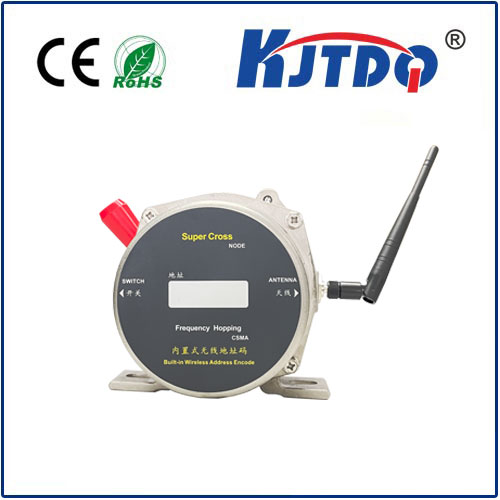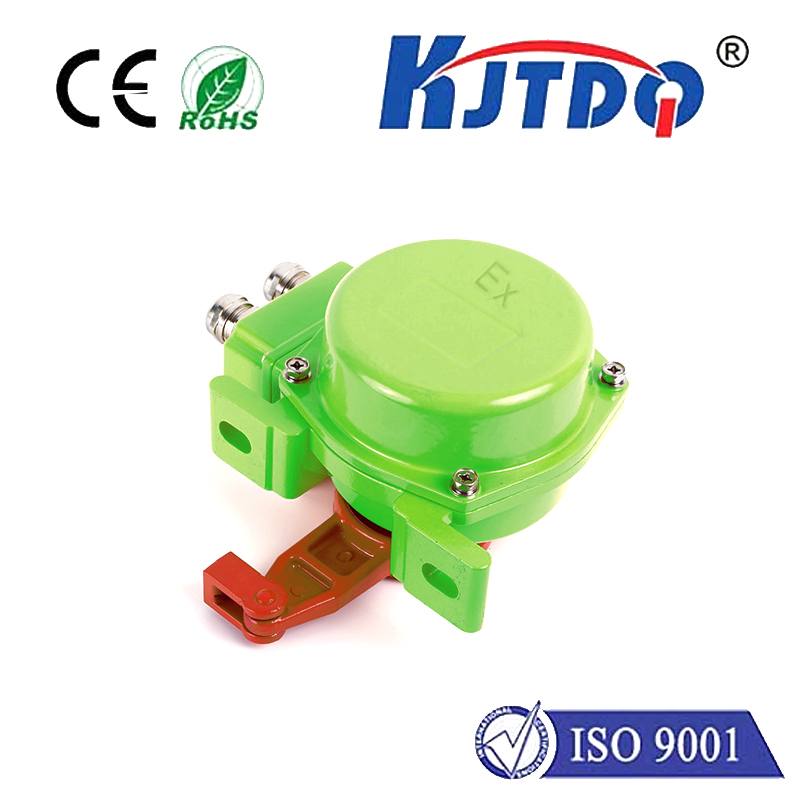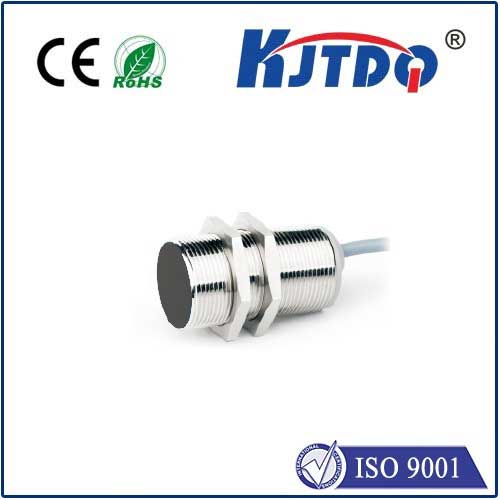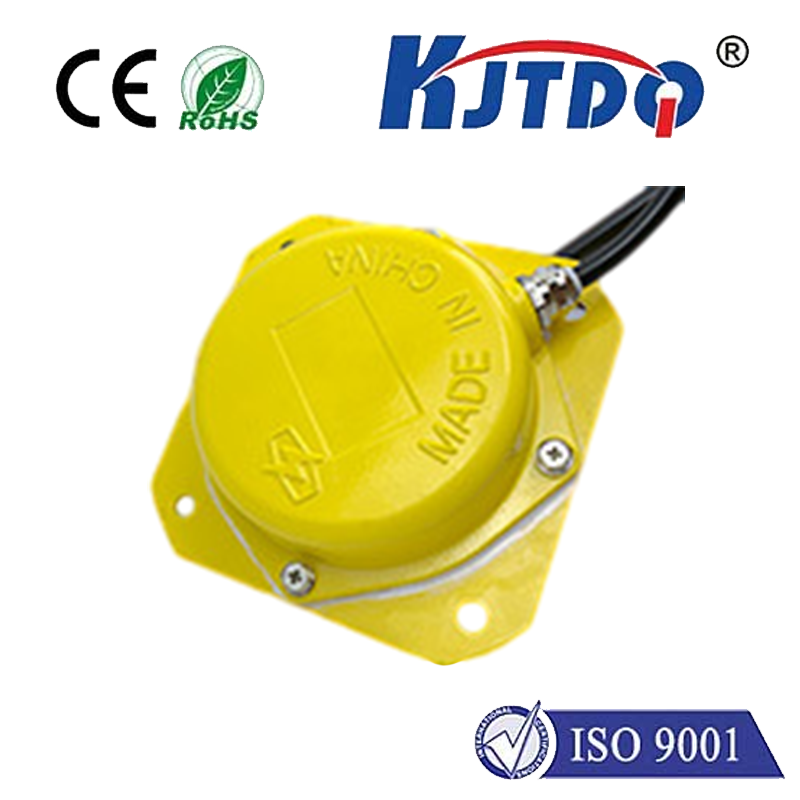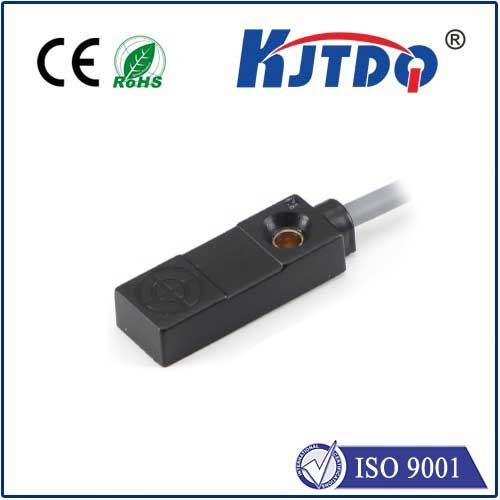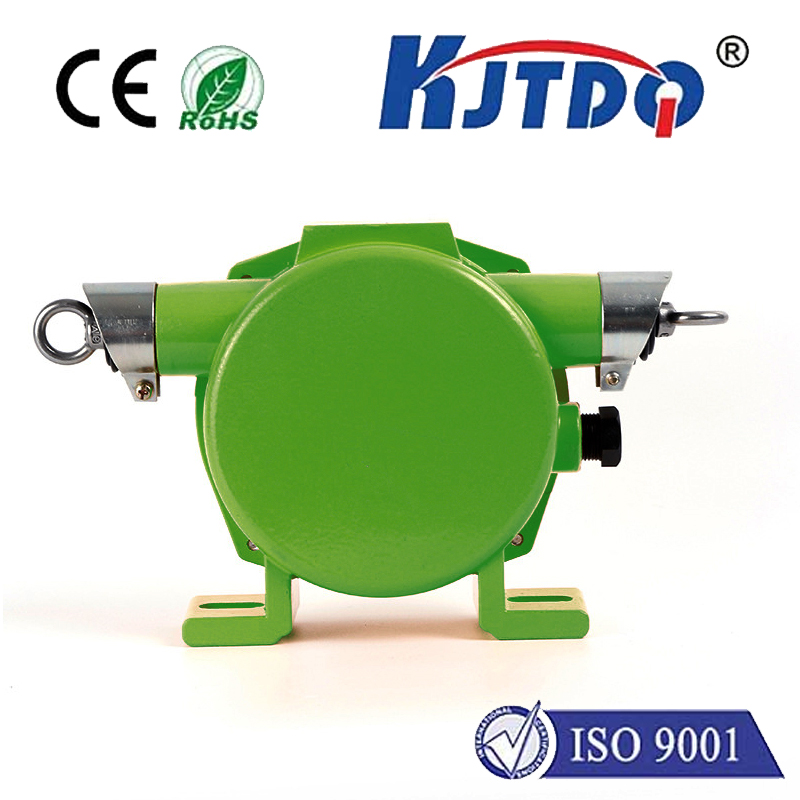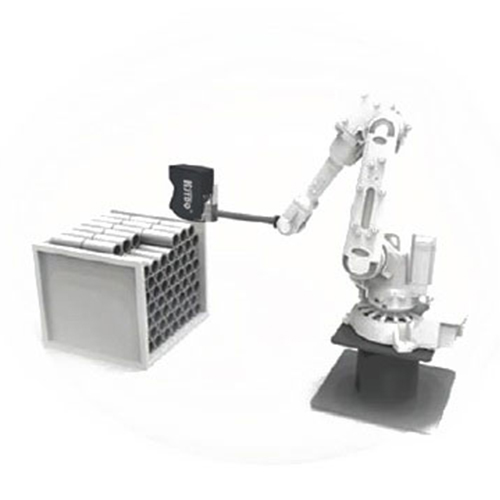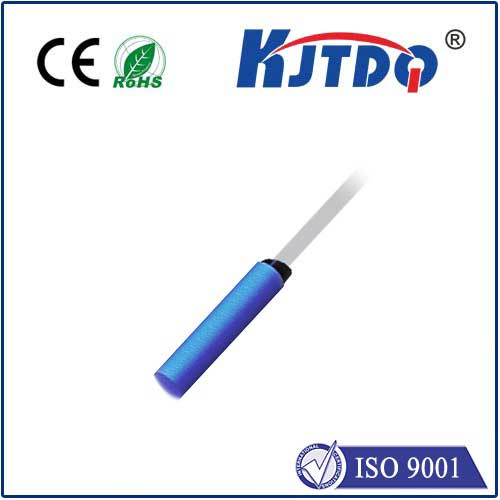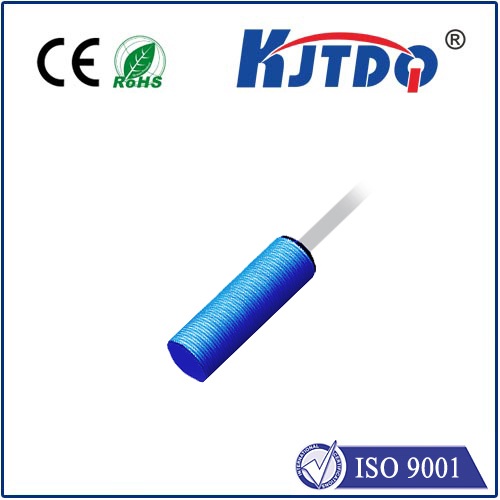barrel proximity sensors
- time:2025-06-16 17:26:52
- Click:0
Barrel Proximity Sensors: The Unseen Guardians of Industrial Motion
Imagine a high-speed production line where powerful hydraulic or pneumatic cylinders relentlessly drive processes: stamping metal, injecting plastic, clamping assemblies. Now picture one of these pistons slamming into its end position without warning, or worse, colliding with an unexpected obstruction. The potential consequences – catastrophic equipment damage, costly downtime, or even safety hazards – are every plant manager’s nightmare. This is precisely where the unassuming barrel proximity sensor steps into the spotlight, acting as the essential silent sentinel ensuring smooth, safe, and efficient industrial motion.
What Exactly Are Barrel Proximity Sensors?
Often referred to as cylinder position sensors or piston position sensors, barrel proximity sensors are specialized non-contact sensing devices designed to be mounted directly onto the barrel (outer body) of linear actuators, primarily hydraulic and pneumatic cylinders. Their core function is to reliably detect the presence or absence of the cylinder’s piston (usually ferromagnetic) as it moves reciprocally within the barrel.
Unlike traditional limit switches that require physical contact, these sensors operate on the principle of inductive proximity sensing. Here’s a simplified breakdown:
- Internal Coil: An electrical current flows through an internal coil, generating an oscillating electromagnetic field around the sensor’s active face.
- Metal Target Detection: When the ferrous metal piston (the target) enters this electromagnetic field, it induces small electrical currents (eddy currents) within the piston metal.
- Signal Change: These eddy currents draw energy from the sensor’s coil, causing a measurable change in the oscillation (usually a reduction in amplitude).
- Output Switch: The sensor’s integrated electronics detect this change and trigger a switching action – typically opening or closing an electrical circuit – signaling the piston’s presence.
This non-contact operation is fundamental. It eliminates mechanical wear and tear associated with physical switches, ensuring vastly longer operational lifespans and significantly higher reliability even in harsh industrial environments characterized by vibration, dirt, dust, moisture, and wide temperature ranges.

Where Barrel Proximity Sensors Shine: Key Applications
The ability to precisely and reliably detect piston position translates into critical functionality across countless automated systems:
- End-of-Stroke Detection: Confirming the piston has fully extended or fully retracted is paramount for cycle sequencing. This is their most fundamental and widespread application. It ensures a process step is complete before the next begins, preventing jams or incomplete operations.
- Mid-Stroke Positioning: While less common than end-position use, strategically placed barrel sensors can signal when the piston reaches specific intermediate points for tasks like tool changes, speed adjustments, or branching process logic.
- Presence/Absence Verification: Ensuring a cylinder is in its intended “home” or “ready” position before machinery starts or during safety interlocks.
- Collision Avoidance: Acting as a safeguard by detecting if a piston hasn’t reached its expected position within a timeframe, potentially indicating an obstruction and triggering an emergency stop.
- Cycle Counting & Monitoring: Providing data on cylinder actuations for predictive maintenance schedules or production tracking.
- Sequence Control: Orchestrating the precise timing of multiple cylinders working in concert on complex machinery.
The Core Advantages Driving Adoption
Why choose barrel proximity sensors over other methods? Their benefits are compelling:
- Extreme Durability & Long Life: Sealed housings (often stainless steel or rugged polymers) and the non-contact principle make them exceptionally resistant to shock, vibration, contamination, and harsh chemicals. They thrive where mechanical switches fail quickly.
- High Reliability & Repeatability: Immunity to wear ensures consistent, accurate switching over millions of cycles. You can count on them for fail-safe operation.
- Fast Response Times: They detect targets at high speeds, easily keeping pace with the fastest industrial cylinders, enabling high-speed automation.
- Easy Installation & Integration: Designed specifically for cylinders, they typically feature standard mounting options (e.g., clip-on clamps, threaded barrels) and industry-standard electrical connections (M8, M12 connectors). Precisely locating the sensing point relative to the piston is crucial.
- Cost-Effectiveness: While the initial unit cost might be higher than a basic mechanical switch, the dramatically reduced maintenance, downtime, and replacement costs deliver a superior total cost of ownership.
- Harsh Environment Performance: Rated for demanding conditions (IP67, IP69K common), they operate reliably in foundries, washdown areas, and outdoor machinery.
Selecting the Right Barrel Sensor: Key Considerations
Not all barrel proximity sensors are created equal. Matching the sensor to the application is vital:
- Cylinder Compatibility: Sensor size, shape, and mounting method must suit your specific cylinder barrel diameter and construction.
- Sensing Distance: Ensure the specified switching distance (Sn) is appropriate for the air gap between the sensor head and the piston target. Account for tolerances.
- Output Type: PNP (sourcing) or NPN (sinking) transistor outputs are standard. Choose based on your PLC or control system input requirements. Analog options exist for proportional position feedback.
- Operating Voltage: Match the supply voltage range (e.g., 10-30V DC) to your system.
- Environmental Rating: Select IP (Ingress Protection) and temperature ratings suitable for the operational environment.
- Housing Material: Choose stainless steel for extreme conditions or aggressive chemicals, or engineering plastic for general industrial use.
The Future: Smarter Integration
Barrel proximity sensors are evolving beyond simple discrete on/off signals. Industry 4.0 and the Industrial Internet of Things (IIoT) demand more data. Increasingly, sensors are incorporating:
- IO-Link Communication: This point-to-point protocol allows for bidirectional data exchange beyond simple switching. Parameters can be configured remotely, diagnostics information (operating temperature, signal strength) can be read, and unique device identification (UDI) simplifies asset management. This unlocks predictive maintenance capabilities.
- Advanced Diagnostics: Built-in functions can report potential issues like sensor misalignment or degraded performance before they cause a failure.
Conclusion (Omitted per Request)
From the relentless rhythm of automotive assembly lines to the precision demands of packaging machinery and the brute force of metal forming presses, barrel proximity sensors are indispensable. They provide the fundamental feedback that tells the control system “the piston is here” or “the piston is there,” enabling safe starts, preventing crashes, ensuring sequences run flawlessly, and maximizing uptime. As automation pushes towards greater speed, efficiency, and intelligence, these rugged, reliable sensors will continue to be the silent, unseen guardians embedded within the very framework of motion, ensuring everything moves as it should.






